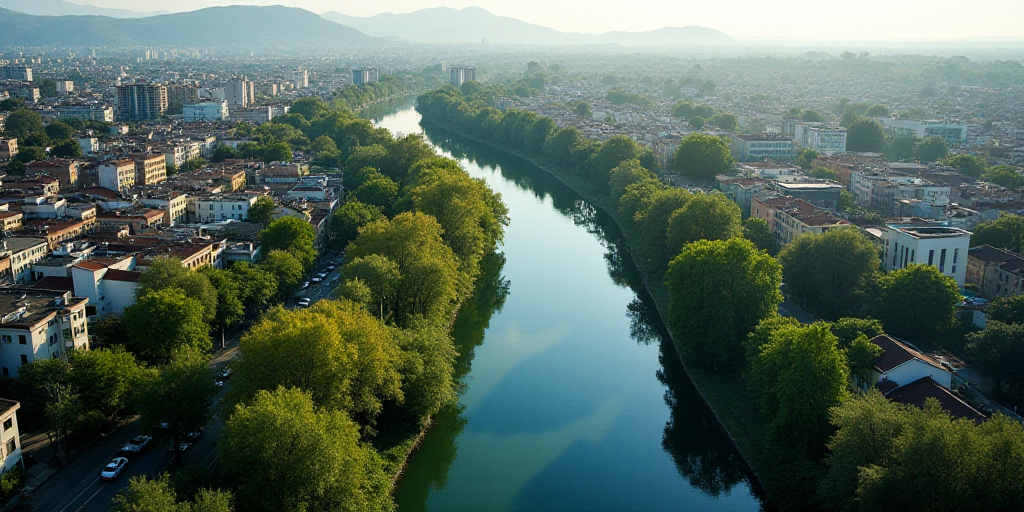Introduction
Extreme weather events, prolonged heatwaves, soil subsidence, and increasing seismic activity are putting self-built housing in Mexico to the test. The majority of homes in Mexico are built by families who will inhabit them, often without professional structural calculations or technical advice.
The Challenges of Informal Construction
The consequences can be alarming: leaks, chronic humidity, poorly insulated roofs, and walls vulnerable to earthquakes. In the context of a climate crisis, the combination of environmental risk and informal construction threatens the homes of millions of families.
Experts Call for Policy Changes
In response, experts emphasize the need for policies that recognize self-built housing as a dominant phenomenon, along with appropriate materials and technical training for those who build.
For thousands of low-income families, self-construction—in stages, with remittances, small loans, or weekend labor—is the only path to homeownership. According to the Secretaría de Desarrollo Agrario, Territorial y Urbano (Sedatu), 62.8% of Mexico’s housing stock is self-built.
“Ignoring this reality condemns any climate adaptation or seismic resilience strategy,” said Fernanda Montoya, Relations Institutional Manager at Materiales San Cayetano Express.
“Every construction course we offer builds a wall with fewer leaks and a safer home against earthquakes,” she added.
Between Humidity and Leaks
June was one of the wettest on record, with up to 150 mm of rain in just 24 hours. Nationally, rainfall exceeded historical averages by 51.3%.
Improvised roofs and poor drainage exacerbate the impact of such events: according to the National Housing Survey, 44.2% of households in the country report humidity and leaks, while 40.8% show cracks or warping.
For Materiales San Cayetano, the urban resilience of the Valley of Mexico and its conurbation depends increasingly on millions of family decisions: what materials to buy, how to install them, and whom to seek advice from.
The Key to Resilience
Community workshops, basic construction safety guides, and advice on proper foundation for each type of soil can make the difference between a resilient home and one that collapses.
Companies and civil organizations are beginning to fill this gap. Materiales San Cayetano Express has implemented a strategy with free courses for workers, homemakers, and anyone interested in building or improving their homes.
Key Questions and Answers
- What is the main issue? The increasing vulnerability of self-built housing in Mexico due to climate change and lack of professional advice.
- Why is self-built housing significant? 62.8% of Mexico’s housing stock is self-built, making it crucial to address the challenges faced by these homes.
- What are the consequences of informal construction? Poorly built homes can lead to leaks, chronic humidity, inadequate insulation, and increased earthquake vulnerability.
- What solutions are being proposed? Experts recommend policies that acknowledge self-built housing, provide appropriate materials, and offer technical training to builders.
- How can families improve their homes? Community workshops, construction safety guides, and proper foundation advice can significantly enhance home resilience.






